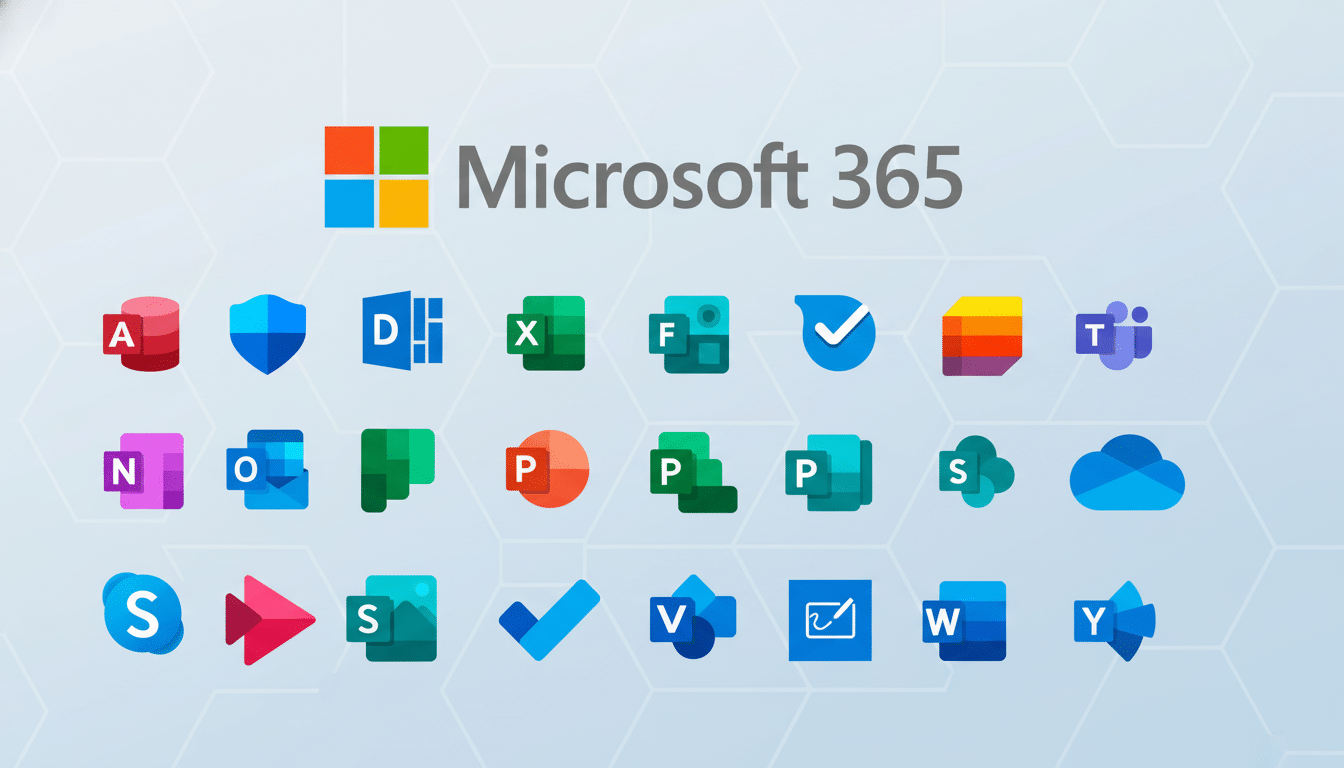Microsoft has closed a long-term deal with Shizen Energy to purchase 100 megawatts of solar power in Japan, boosting the company’s zero-carbon cloud offerings.
The deal includes four solar projects, one operational now and three under construction; a 20-year offtake with clean electricity locked in for the coming decades.

The transfer illustrates how hyperscalers such as AWS are leveraging utility-scale solar to catch up with rapidly growing compute demand. Microsoft already has data centers in Japan, and has announced multibillion-dollar plans to expand capacity, which suggests that reliable local renewable supply is a strategic priority.
Inside the purchase: details of Microsoft’s PPA in Japan
Shizen Energy will provide the output from four solar sites in Japan to Microsoft under a corporate power purchase agreement. Over a 12-month period, a 100 MW solar portfolio in Japan yields around 120 gigawatt-hours — accounting for average capacity factors cited by the International Energy Agency of around 14–15%. That is equivalent to the annual electricity use of around 30,000 Japanese houses and also means avoiding an estimated 50,000–60,000 tons of CO₂ based on calculated emissions factors by the Institute of Energy Economics, Japan.
And the 20-year tenor is important: it provides price certainty to projects in a market known for volatile wholesale prices on the Japan Electric Power Exchange, and makes new-build projects more bankable. In Japan, physical contracts are more often matched with non-fossil tracking certificates to make verifiable claims on renewable consumption in accordance with RE100 guidance.
Shizen Energy, a Japan-based developer with experience in solar and wind areas alike, is one of the companies propelling the move from feed-in tariffs to feed-in premiums and merchant exposure.
That policy shift, led by the Ministry of Economy, Trade and Industry, has made way for more corporate procurement.
What Japan means to Microsoft’s cloud and AI strategy
Data centers have large energy draws, and generative AI is increasing those loads. Long-dated clean power near where workloads run not only reduces emissions, but also mitigates grid volatility. Helping spur that expansion, Microsoft has identified Japan as a growth market for its cloud and AI services, and local clean energy deals are one way to ensure infrastructure expansion is in sync with sustainable pledges.

The company wants to ensure 100% of its electricity consumption comes from renewable energy by 2025 and be carbon negative by 2030. It has been adding new supply paths quickly, such as a multi-gigawatt global framework with Brookfield Renewable and a U.S. manufacturing and project pipeline partnership with Qcells. So far this year, Microsoft has signed contracts for more than a gigawatt of additional solar power in multiple markets, continuing its progress toward its goal to have 23 gigawatts of renewable energy under contract by next year.
A signal for Japan’s renewable sector and grid planning
Under its sixth Strategic Energy Plan, Japan aims to hit 36–38% renewables by 2030 with solar providing around 14–16%. Solar power already accounts for about a tenth of the country’s electricity, and cumulative installed capacity is one of the highest in the world, according to IEA figures. Corporate PPAs like Microsoft’s contribute to adding new capacity to regions where interconnection and land limitations make project development difficult.
The main challenge is grid integration. It has led to curtailed output in solar-heavy areas including Kyushu during low-demand times, and the Organization for Cross-regional Coordination of Transmission Operators is pushing for grid upgrades and changes to market design to ease bottlenecks. Utilization can also be improved further by investigating co-locating storage with flexible operation, which has been rapidly growing among developers. Long-term offtakes with creditworthy buyers can speed those investments.
What to watch next for Microsoft’s Japan solar strategy
Attention now shifts to project commissioning schedules, interconnection approvals, and the structure of contracts for hourly attribution as the market transitions to more granular accounting. Anticipate further hyperscaler procurement in Japan as AI load scales. On another front, look for batteries and demand response to play a larger role in easing midday solar peaks.
For Microsoft, the Japan deal strengthens a wider trend: securing diversified clean energy supplies across key cloud regions in response to customer demand and climate commitments.
For Japan, it’s another sign that corporate buyers are ready to underwrite new capacity — provided the power can reliably reach the meter.

